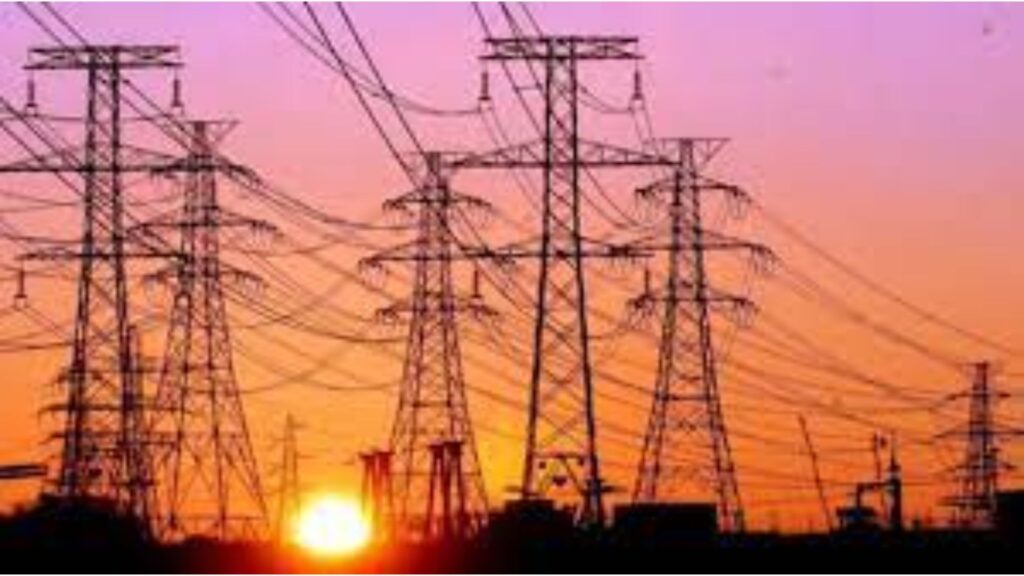
India witnessed a sharp rise in electricity consumption during the peak summer months of April to June 2024, with demand jumping by 10.4% compared to the same period last year. A new report by global energy think tank Ember attributes nearly a third of this increase to the growing use of air conditioning amid intensifying heatwaves.
According to the sixth edition of Ember’s Global Electricity Review, heatwaves significantly influenced electricity usage worldwide in 2024, contributing to nearly one-fifth of the global rise in demand. This surge in temperature-related consumption was also a key factor behind a 1.4% rise in fossil fuel-based power generation, resulting in a 1.6% increase in global power sector emissions. The additional 223 million tonnes of carbon dioxide pushed total emissions to a record 14.6 billion tonnes.
The report underscores that, excluding heat-induced demand, the global growth in fossil fuel generation would have been minimal—just 0.2%—with clean energy sources accounting for 96% of the growth in electricity demand unrelated to hotter weather.
In India, electricity usage between April and September 2024 was 6.1% higher than in the same period in 2023. Ember estimates that 19% of this rise was directly related to soaring temperatures. The demand was especially pronounced during April to June, registering a 10.8% increase year-on-year. The report notes that while economic growth played a significant role, air conditioning alone accounted for approximately 30% of this increase. In May, cooling needs were responsible for over a third of the year-on-year surge in power demand.
Overall, India’s electricity demand rose by 5% in 2024. Of the additional demand, 33% was met by clean energy sources, while coal-powered plants supplied 64%. This marks a notable shift from 2023, when coal accounted for 91% of the additional electricity generation.
The rapid adoption of cooling appliances is expected to put increasing pressure on the country’s energy infrastructure. A recent study projects that India could see an addition of 130 to 150 million new room air conditioners over the next decade. This could drive peak power demand up by more than 180 gigawatts by 2035, posing a significant challenge to the nation’s electricity grid.
The India Meteorological Department (IMD) recently forecast above-normal temperatures across the country from April to June, particularly in central and eastern India and the northwestern plains. The first official heatwave of 2024 was recorded as early as April 5, with unusually high temperatures observed even in late February.
India also experienced its hottest year on record in 2024, mirroring global climate trends. Experts warn that climate change is not only making heatwaves more frequent but also more intense. A 2022 study cautioned that over 70% of India’s land area could face extreme heat by the end of the century, with the risk of heatwaves increasing tenfold.
Research from the Oxford India Centre for Sustainable Development indicates that in a world 2°C warmer than pre-industrial times, India will have the highest cooling demand based on population, followed by nations like China, Nigeria, Indonesia, Pakistan, and the United States.
The share of household electricity usage in India has also climbed steadily—from 22% in 2012-13 to 25% in 2022-23—reflecting both rising incomes and the growing need for cooling in the face of intensifying heat.
As temperatures continue to soar, the challenge for India lies in balancing rising energy needs with sustainable, climate-resilient solutions.





